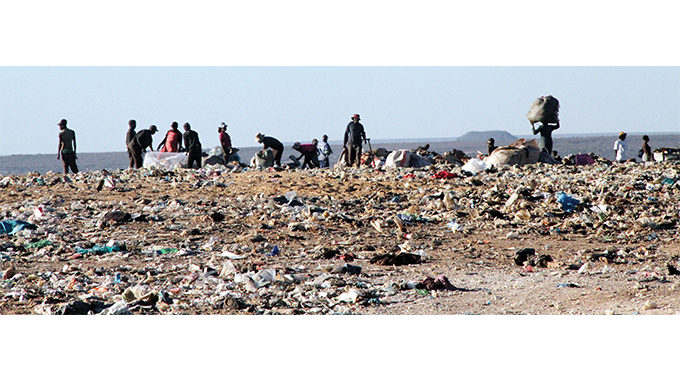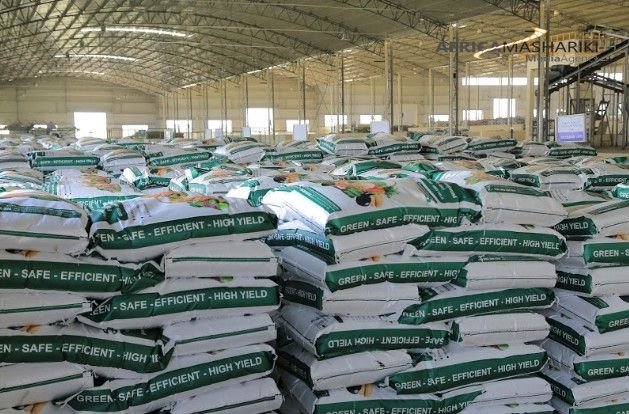Fertilizer importers now require import permits
Fertilizer importers will now need permits to bring in the product, according to new regulations, in a move aimed at curbing imports.
In regulations issued on Friday under Statutory Instrument 186 of 2022, permits are now required to import fertilizer products namely urea, compounds and blends, ammonium nitrate, calcium ammonium nitrate, limestone ammonium fertilizer as well single superphosphate.
Industry and Commerce Permanent Secretary Dr Mavis Sibanda said the move was meant to manage imports.
“It’s not a ban but we want to manage imports so that we can boost local production,” said Dr Sibanda.
“By discouraging imports, local producers will be forced to produce more. We can’t have a situation whereby someone is producing a product that will end up stuck in warehouses.”
However, fertilizer companies have previously complained about failing to obtain foreign currency on the auction system to import raw materials.
In 2020, Zimbabwe launched a five-year road map (strategy document) aimed at reducing fertilizer imports by capacitating local firms.
The country, whose economy is agro-based, has been importing significant quantities of fertilizer as local firms are struggling to meet demand largely due to foreign currency shortages and operational challenges.
The strategy document seeks to give priority to Sable Chemicals and Chemplex and to also support the Government programmes.
Analysts say ramping up local fertiliser production is urgent and critical for the country to be self-sufficient in the wake of the ongoing military conflict between Ukraine and Russia that is threatening global fertilizer supplies.
With Russia’s status as a primary exporter of ammonia, knock-on effects from sanctions imposed on the country by western countries over its military operations in Ukraine have disrupted the supply chain, triggering concerns over food security.
Last year, Russia and Belarus accounted for 40 percent of global exports of potash. Russia also accounted for 22 percent of global exports of ammonia gas, 14 percent of global urea exports, and 14 percent of mono ammonium phosphate.-ebusinesssweekly










